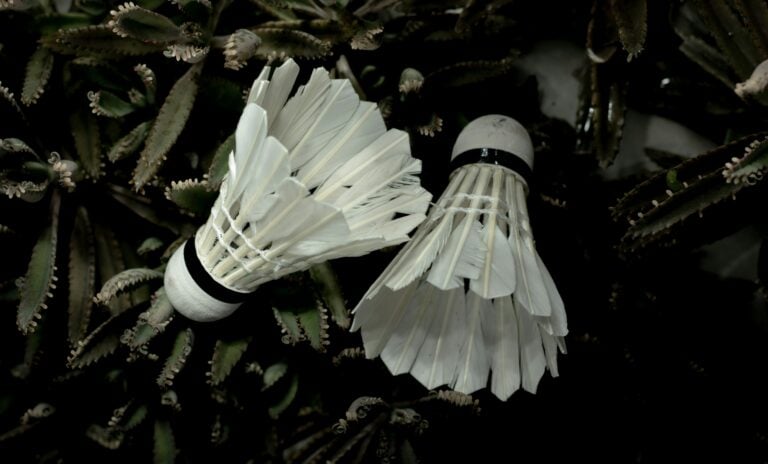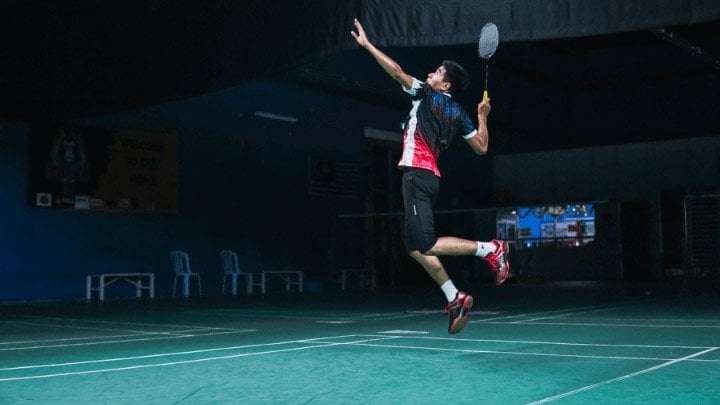Have you seen it when two boxers are throwing fast, sharp punches at each other and then suddenly they start cuddling? This is called the clinch.
Why do boxers clinch each other during a fight?
Boxers clinch in order to control the pace of the fight. If a boxer has been hit and needs to recover, then holding onto his or her opponent until the referee breaks them up is an effective strategy.
Similarly, if a boxer has been throwing a lot of punches and needs to rest, he or she can hold on to his opponent for a short duration and regain energy.
Video Examples of When a Boxer Has Been Hit and Instinctively Clinches:
(2.26 to 2.39)
(7.07 to 7.32)
Video Example of How a Boxer Can Enter and Rest in a Clinch After Throwing Punches:
Maidana vs. Floyd (2.50 to 3.10)
How Do You Clinch in Boxing?
Step 1. Enter the clinch off of a punch. If your opponent is taller than you, the video below would be a perfect way to enter the clinch.
However, if you are the same height as your opponent, then it would be better to go for overhooks because this will ensure that you have full control of your opponent’s arm. Click here to see what an overhook means.
Step 2. You must stay up close at all times because this will reduce the rotation of your opponent’s punches, thereby reducing the chances of being hurt.
Step 3. When you are holding your opponent, keep your head locked up against their shoulder so that you can completely close the gap and avoid being caught by any in-range punches.
Step 4. Continue to hold on firmly so that your opponent can’t step away.
Step 5. Put your weight on your opponent so that they are forced to step back. If your opponent is stronger and you are forced to walk back, keep holding on tight and wait for the referee to execute a clean break. This way, you’ll be able to avoid expending energy.
Step 6. Breath deeply to regain energy and recover.
Step 7. If you have overhooks, consider breaking before the referee interferes to land a quick combo (see from 5.47 to 6.09 to see what I mean).
How to Avoid Getting Clinched?
Use pivots, fast footwork, and rolls to duck under and escape an incoming clinch. If your opponent manages to get one arm on you, you can simply rotate and throw several powerful shots to rock him/her.
Overhooks vs Underhooks: What’s The Difference?
Overhooks: An overhook is when both of your arms are over both of their arms.
Underhooks: Underhooks are when both of your arms are under both of their arms.
The former (overhook) is better as you are able to control your opponent’s movement and you can release at any time to land combinations.
When Should a Boxer Clinch?
A boxer should clinch when his/her opponent:
- Is on the attack and needs to be slowed down
- Has landed a punch and you need time to recover
- Is on the backfoot and needs to repossess energy due to a high work-rate
Can You Punch in the Clinch?
You can only punch in a clinch when the referee hasn’t told you to break. If a referee has said to break multiple times and you are still holding on whilst throwing shots, then you can lose a point.
If you have overhooks, an effective way to punch in the clinch is to break before the referee tells you to and throw fast, powerful combos which your opponent will not be expecting.
Can You Get Disqualified for Clinching in Boxing?
Technically, clinching is not allowed and you can get disqualified if you continue to hold onto your opponent after the ref has told you to break and you have already received a warning.
An example of this is in the Lomachenko vs. Rigondeaux fight at the 22.48 mark.
Is Clinching Allowed At All Levels?
Clinching is technically not allowed. In amateur boxing, referees can be strict with clinching and some boxers may get points deducted depending on the expertise of the referee.
However, in professional boxing, although clinching is still disallowed, the rule on being able to clinch is extremely lenient.
How Long Can You Clinch in Boxing?
You can clinch until the referee tells you to stop and you are certain that your opponent won’t hit you when breaking.
The average length of a clinch is typically 4-6 seconds, though it can last up to 10 seconds in later rounds due to the exhaustion from both fighters.
What Happens if a Boxer Doesn’t Release During the Clinch?
If a boxer doesn’t release during the clinch, then he or she will get a warning and if it continues, the fighter will lose a point.
An example of where this occurred was in the Lomachenko vs. Rigondeaux fight at the 22.48 min mark.
If the boxer continues to do this then he or she will be disqualified.
Examples of Boxers Who Clinch Well
Floyd Mayweather
Tyson Fury
Andre Ward
How Many Times Can You Clinch in Boxing?
You can clinch as many times as you need to clinch. However, when the referee tells you to break it’s important not to hold on because you don’t want to lose a point.
Common Clinching Mistakes
Only controlling one of your opponent’s arms: If your opponent has his or her arm free, they can still throw a powerful shot with it so you’ll want to hold on to both arms.
Holding on too high: If you try to clinch your opponent around his or her neck, they can simply duck under your arms and throw a flurry of shots.
Holding on for too long: If you continue to ignore the ref who has repeatedly told you to break, you may lose a point.
Go in slowly: Boxers have very fast feet due to the nature of the sport. If you go in slowly you risk being hit.
Conclusion
I hope you have enjoyed this guide and understand a lot more about why boxers hug in the ring and how they do it.
Now I’d like to turn it over to you:
Have you tried clinching?
Do you think it is a good strategy?
Perhaps you have a question?
Let us know by leaving a comment below or by sending a direct message on Instagram.
Image credit: https://www.cbssports.com/boxing/news/manny-pacquiao-willing-to-take-on-floyd-mayweather-in-a-rematch-if-money-comes-back/







